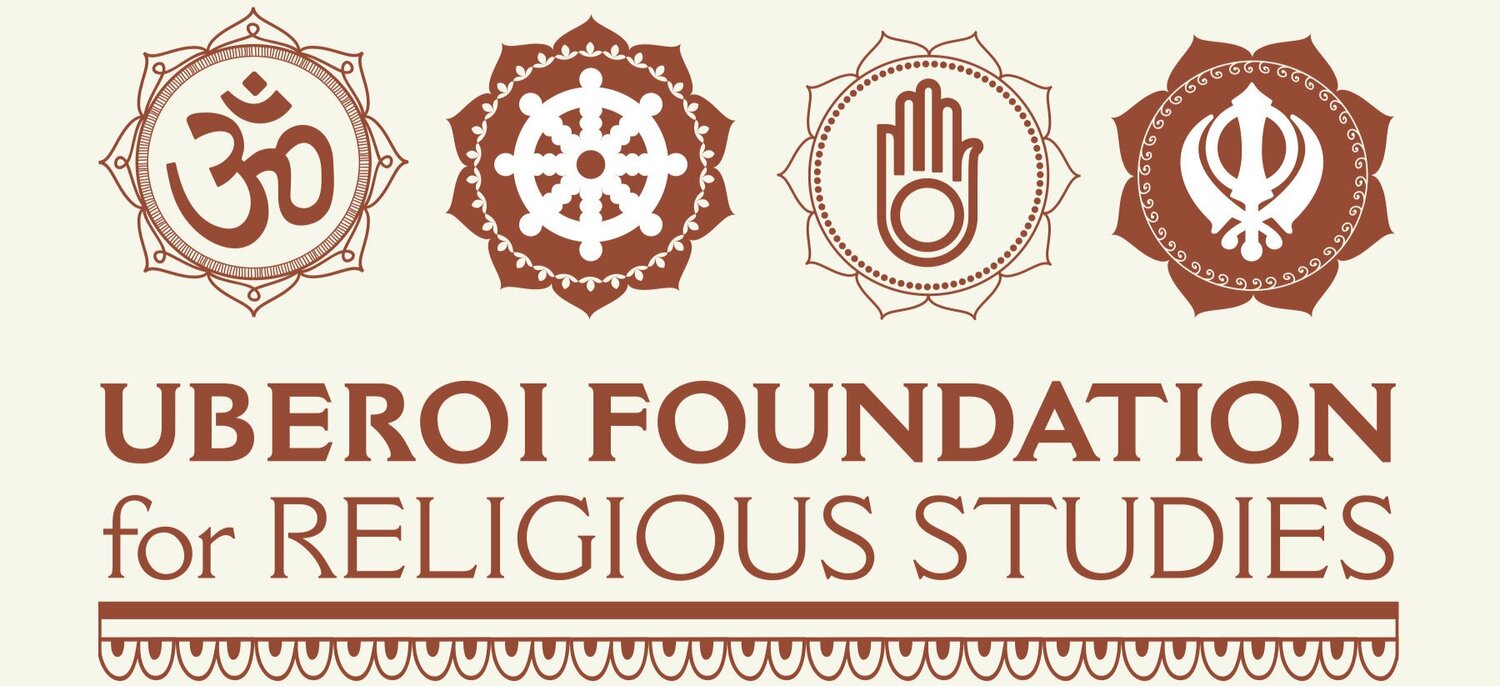Textbook Reform
India is the seventh largest country in the world by land mass, and the second largest by population. It was home to one of the earliest civilizations of mankind, and later, to vast empires connected by trade routes to the far reaches of the globe. Culturally, its history dates back more than 4,500 years. Four world religions originated within India – Buddhism, Hinduism, Jainism, and Sikhism. In so many ways, India is profoundly complex, and perhaps for this reason, so often thoroughly misunderstood.
Regrettably, one prominent circumstance of such misunderstanding is within textbooks used in middle school and high school classrooms throughout the United States. The textbooks tend to be unequal in their treatment of Buddhism, Hinduism, Jainism, and Sikhism compared to that of other world religions, overemphasizing social issues and under emphasizing religious belief and practice. For this reason, the Uberoi Foundation has sponsored initiatives to reform the current curriculum in these traditions, beginning with the State of California. Specifically, the Foundation has collaborated with the Institute of Curriculum Advancement toward reviewing and revising the portrayal of Buddhism, Hinduism, Jainism, and Sikhism in world civilization textbooks used in California in the 6th, 7th, and 10th grades. It is hoped that success in California to this end would promote revisions elsewhere in the United States.
California textbook reform involves examining world civilization textbooks for accuracy, authenticity, and relevance of their content pertaining to India by a group of expert school teachers who subject the textbook content to the criteria of the California state educational framework. The objective is to ensure accuracy of the material and relevance of the image of the Indo-Americans and South Asians within the larger U.S. community. The expert teachers are expected to provide assessment of this material used in classroom instruction and offer suggestions for improvement within the scope of state curricular policy and procedures. Their work is critical to developing the kind of issue-oriented content that is comparable to other cultures and religions. Improved content is likely to appeal to students of Indian heritage to be sure, but also to enhance the engagement of all U.S. students with the history of India and South Asia.

